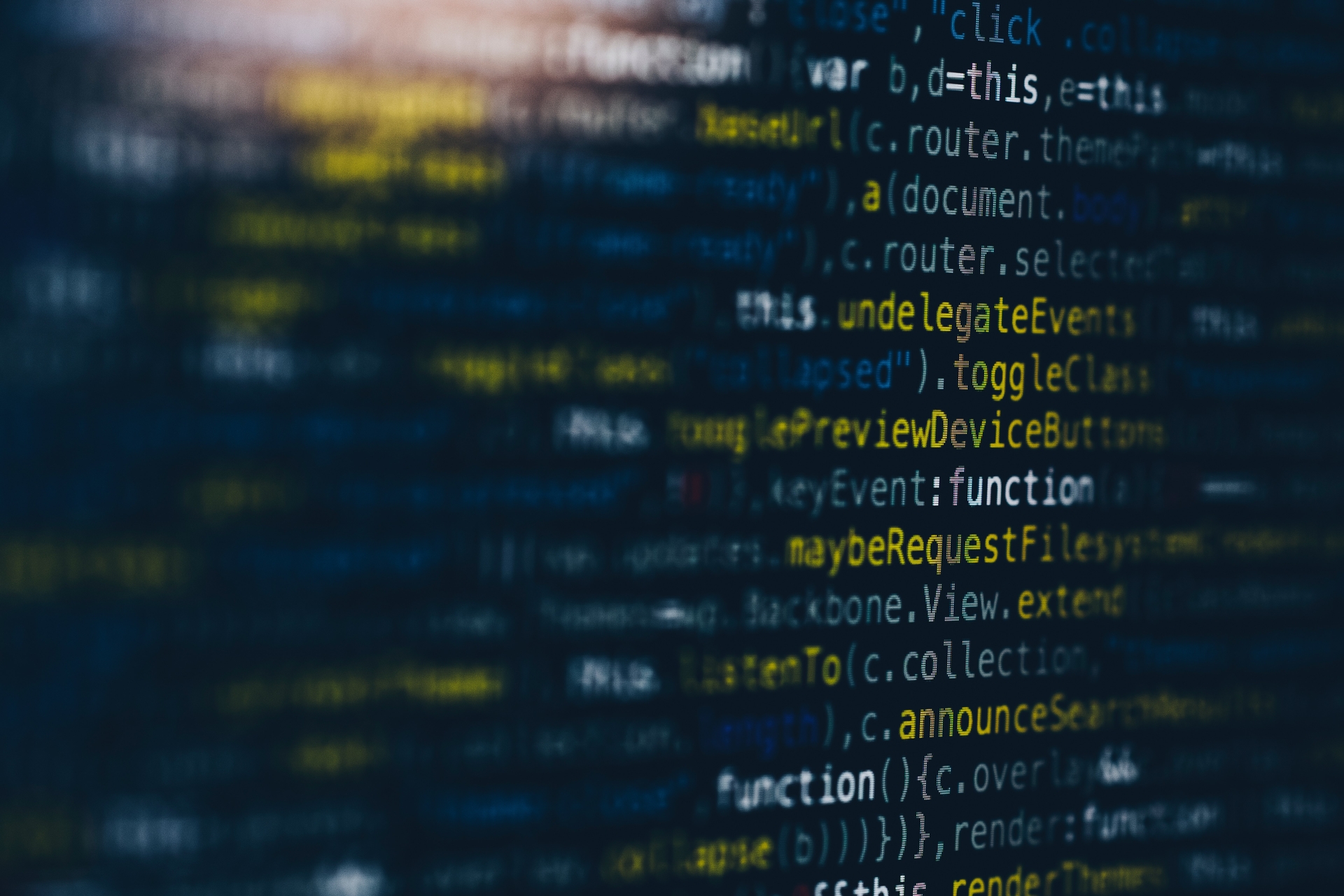How Much Your Lost Alumni Data is Costing You
Data recovery could exponentially boost your advancement ROI

Advancement directors are acutely aware of how stale or missing data can have material, detrimental effects on an advancement strategy. It is estimated that on average, about 10% of alumni are missing from universities’ alumni databases. While this percentage may initially seem insubstantial, it becomes especially relevant when considering which alumni fall into that “missing” category—the older, Baby Boomer generation. To boost advancement ROI, your advancement director must find a way to relocate and reconnect with these lost alumni and add them to the alumni directory database.
Who Are the Lost Alumni?
The people whose data is missing from your system are likely not your younger alumni. The millennial graduates who are less than ten years post-graduation likely have up-to-date information in the university’s alumni database and have been given school-specific, .edu email addresses. On the other hand, the older generations of alumni — the Baby Boomers — are likely to have either outdated information or no data in the alumni database at all. Email didn’t enter into the world of mainstream communication until the 1970s, meaning that all alumni who graduated before then likely won’t have emails entered into the database system. When considering how email was used by 97% of universities to solicit annual giving in 2018, a percentage that is up from 91% in 2017, it becomes clear how important it is to have the emails of your older alumni.
The current market trends indicate that losing a significant portion of your Baby Boomer alumni will have vastly more detrimental effects on your advancement than if you were missing your younger constituents. Upon graduation from a public university in the United States, the average debt is $28,650 and has been continuing to increase for over two decades. Your alumni that are still attempting to pay off these student loans are also the ones paying astronomical rent in big cities, saving for their upcoming wedding, and thinking about a long future in the workplace. Put simply, young alumni are less likely to give back to their university, so their emails have less intrinsic value when it comes to advancement efforts.

Quantifying the Lost 10%
In a study done by the University of Waterloo, alumni who gave to the university were broken into three groups based on the amount of financial donations they had given to the university. The groups were low-engagement alumni, potential leaders, and leaders. Low engagement alumni comprised 96% of the population. They gave an average of $253, potential leaders comprised 3% of the alumni and gave an average gift of $811, and leaders comprised 1% of the population and gave an average gift of $94,901. Total giving to the university totaled $134,486,780. And while this number is impressive at an initial glance, it fails to include the potential additional dollars that it could earn if it could recover the 10% of lost alumni missing from their alumni database.
If we assume that the university could recover this group of lost alumni’s missing data and that the lost alumni gave the average amount given by all low engagement alumni, potential leaders, and leaders, annual giving would rise to $147,935,458. The additional annual giving would be 13,448,678! But, the odds are that the lost alumni won’t be the low-engagement alumni because they likely aren’t young millennials. These lost alumni are far more likely to be older alumni with a higher average capacity to give. You can also take advantage of the insights from this study!
Business Insider analyzed median income by age brackets as compiled in the Census Bureau’s 2016 American Community Survey and found that, on average, Baby boomers make more than Millennials in all 50 states. The study found that the most significant percentage gap in median incomes between millennials and baby boomers was 91 percent in Alaska, and the lowest was 25 percent in Washington, D.C. If we average these numbers, we find that baby boomers make about 58% more in median income than their millennial counterparts. Let’s take that 58% and interpret it as a 58% higher average willingness to give. We can extrapolate and assume that the giving by the formerly “missing” 10% of alumni would be 58% higher than the average giving across all alumni. This makes us see that the 10% of lost alumni would be willing to give $21,248,911. By failing to find the contact information for older lost alumni, advancement officers are forgoing over 21.2 million dollars in potential giving.

Finding Your Lost Alumni
Advancement directors must find a way to crowdsource their lost alumni data to boost advancement ROI and unlock this massive potential in alumni giving. Many of your college alumni stay in touch with their college friends and can potentially provide relevant, up-to-date data that may be missing from your database. Finding a way to collect this information is imperative for universities, especially those that are struggling to meet their annual advancement goals. The key to this strategy for your advancement director is to rely on the data they do have and discover the information your university doesn't have.
We can help you find your lost alumni. Sign up for a free demo at CueBack today.
Stay ahead of the curve with CueBack
The world of advancement is changing. Don’t get left behind. Stay ahead of the curve with insights from forward thinkers in the industry who are paving the way for tomorrow’s advancement professional leaders.
